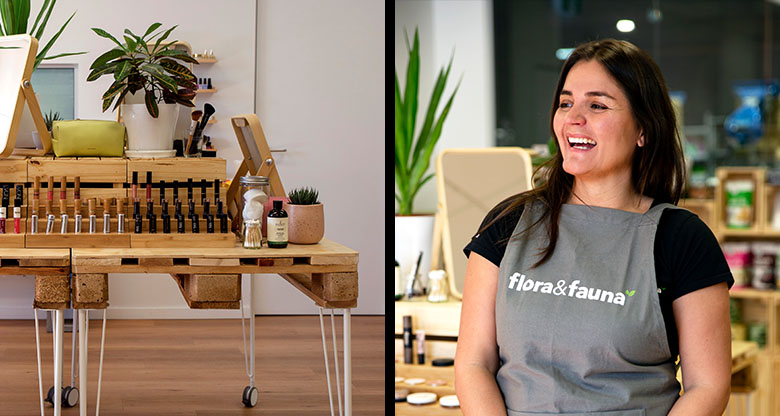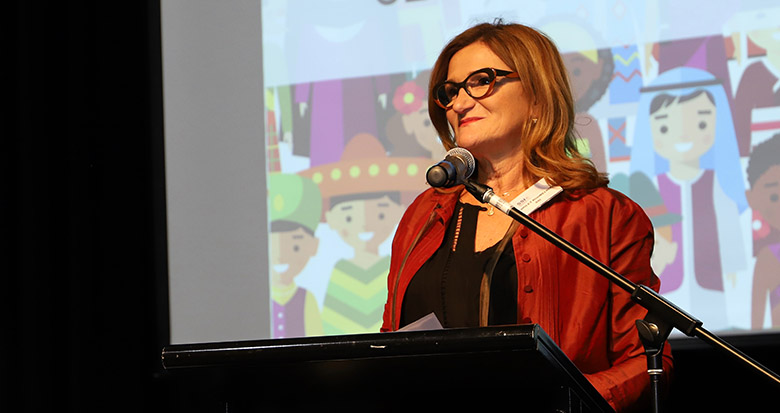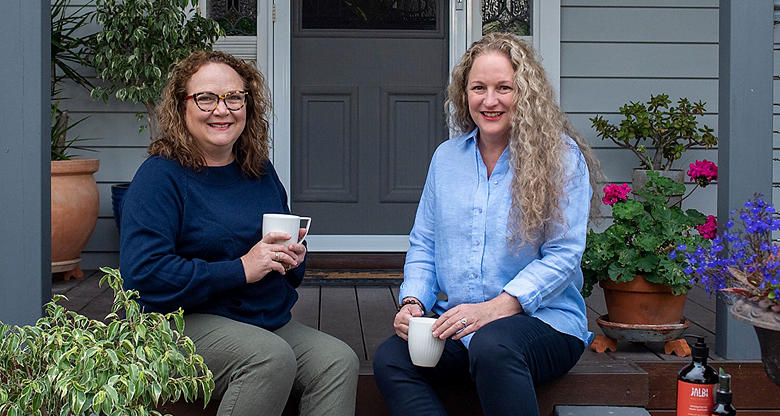Increasingly, consumers, and society at large, are asking businesses to play a more significant role in tackling ESG concerns. Often, these views inform the choices they make, including which products and brands they prefer.
Many businesses are rising to this challenge, with some adopting ESG objectives as a core part of their business model. In doing so, they are able to create longer-term value for a range of stakeholders while positively affecting change. In some cases, they are also forging a competitive edge.
To better understand the advantages of ESG leadership, we spoke to Julie Mathers, CEO and Founder of cruelty free, ecofriendly retailer, Flora and Fauna.
Leading with purpose
When Julie founded Flora and Fauna in 2014, she combined decades of experience working for major retailers with a passion for animal welfare and environmental sustainability. To achieve the business’ purpose of “helping people make better choices”, Julie has deeply embedded ESG principles within the company over time.
In 2017, Flora and Fauna were one of the first retailers in Australia to attain B Corporation certification, something Julie says represents who they are as a business. In doing so, Flora and Fauna joined a community of businesses that meet the highest standards of verified social and environmental performance, public transparency, and legal accountability to balance profit and purpose.
Today, Julie explains that every decision the business makes is weighed against its values and purpose, including ‘make ethical decisions’, ‘be kind’, ‘tread lightly’, and ‘be 100% vegan and cruelty-free always’.
These values, displayed in billboard size in Flora and Fauna’s workspace, were recently incorporated into the company’s constitution. Having legally binding constitutional requirements ensures that the board will always make decisions with the impact on society and the environment in mind. Julie says that the business’ purpose is also applied across all aspects of its operations from selecting products and suppliers to recruitment.
“We have to consider environmental and social causes as part of everything we do,” Julie says. “We enshrined it in the constitution to hold ourselves accountable no matter who owns the business in the future. That’s how serious we are.”
“If we bring on a new brand, it has to meet our values,” Julie says. “That means making some difficult calls. We have decided not to sell brands that may come from overseas where a local alternative is available, or where the packaging isn’t sustainable. We have even de-ranged products where ownership has changed and the new parent company doesn’t align to our values.”
 Image source: Supplied: In store at Flora and Fauna.
Image source: Supplied: In store at Flora and Fauna.
What trade-off?
The myth that adopting an ESG agenda will create a drag on a business’ financial performance has been widely debunked. According to McKinsey, ESG can help drive consumer preferences with research showing that more than 70% of consumers will pay an additional 5% for green products[1], all else being equal. Similarly, McKinsey found earlier that ESG can play a role in reducing costs through more efficient use of resources.[2]
Julie agrees, saying that making decisions to advance Flora & Fauna’s ESG goals has often enhanced its market proposition and increased customer loyalty as well as influenced positive change.
“There is no reason why an ethical business can’t be a well-functioning, commercial enterprise,” Julie says. “You can run a fantastic business just with a different perspective. And we are! We still need great terms with suppliers and strong margins which is why we are in such close partnership with our brands.”
“We range high quality products that you would buy anyway, but with the added benefit of say, compostable packaging. Our retention is huge, so when a customer shops with us they generally come back. I put that down to good products and service, but also living our values.”
“We have also had to make some decisions over time that may not have made short-term commercial sense, but have had a significant impact on our brand presence over the long term. You have to approach these decisions with your brand front and centre.”
“For example, when we first started the business we were cruelty free but not yet fully vegan. Once we made the decision to transition to fully vegan, we deranged quite a few best selling products. I knew it was the best decision to ensure the business was leading with its values, and we haven’t looked back.”
Rallying people around ESG
Whether a businesses’ ESG focus relates more to environmental sustainability, social impact, or good processes and systems, they remain inherently intertwined. For Julie, influencing change around these issues means getting everyone along for the journey.
“I describe Flora and Fauna as a platform for purpose,” Julie says. “We use our reach and engagement with customers and suppliers to educate people and help them make better choices.”
“We engage with our customers, and encourage them to discuss issues and connect as a community,” Julie says. “We setup a Facebook group where customers can talk to each other and ask others for advice and suggestions. When we can step aside and let the community get on with it, it’s a great moment.”
“We are educating customers and showing them that thinking differently about sustainability is achievable. We recently launched ‘sustainable September’ to provide tips and tricks, with our latest piece on water saving showerheads. It’s about encouraging lifestyle choices, not just about our products. We also have a huge recycling initiative where customers send us their used bottles.”
Flora and Fauna also works consistently with all stakeholders to actively advance its ESG agenda, which means looking across its supply chain.
“One thing we did was to introduce minimal packaging where items arrive in a box with no plastic or excess packaging. When we launched that we had 40% of people adopt it overnight, and now 99% of customers select our minimal packaging option.”
“We also have open discussions with suppliers. We launched an initiative called ‘take it back’, asking suppliers to consider the packaging they send us to reduce plastic. Many have taken it on board, which is great”
So, delivering on a business’ ESG proposition requires a commitment to influencing positive change. No matter the type of business, embedding purpose within its operations provides a sound foundation. Moreover, amid changing consumer attitudes and a growing need for change, businesses can make a difference with confidence in the value-creation that follows.
Sign up to the Women in Focus newsletter for updates on our community and events, and more content like this.







